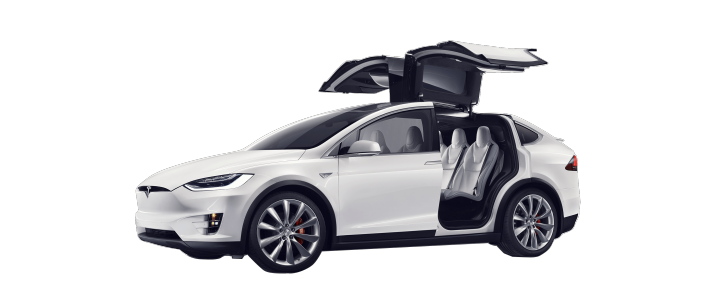by Guido Marchetti, cloud solutions specialist, MJ Flood Technology
The second in our series of Internet of Things (IoT) articles examines the automotive industry and how IoT services and solutions might start to change our driving experience and behaviour through innovations in the cars that we drive.
The simplest manifestation of IoT is the fact that by 2018 every car will have to contain a black box of sorts that will automatically notify emergency services of a crash or incident that the vehicle has been involved in. This will mean that your car will be a ‘connected car’ to a service that will ensure a prompt emergency response in the event of an accident.
Already there are watch groups and activists stating that this geo-location information could be used for lots of other purposes. One such purpose could be an insurance company using the data to prove that you were driving recklessly and the cause of a road traffic accident. Another concerns law enforcement tracking your location using this information.
While there are the inevitable privacy concerns in both cases, there are also huge positives. For example, insurance premiums are due to rise between 20% and 50% this year alone and these steep increases are due to the significant costs of road accidents and associated litigation fees.
In essence, good drivers are punished, but what if instead of having to pay the full amount to a driver who caused the accident, the contracts changed so that due to liability on the part of the policy owner the insurance company only pays for the repair of the victim’s vehicle and not the policy holder? I for one would be in favour of this as my premium has risen for the last two years based on the accidents of others. Not very fair that, is it?

Another practical example is the ability of police to track stolen vehicles. If they can quickly track and locate the vehicle and return it to you promptly, this greatly reduces the risk of the car being involved in an accident and removes the likelihood of having to chase suspects in high speed altercations which are dangerous for all road users. They can simply wait until the car comes to a stop and then seize it.
Porsche currently have a service like this for Porsche owners in Europe which has a 98% return rate of stolen cars – an incredible statistic but I wonder what the return rate would be without this ability?
But let’s look at a few more advanced examples and specifically at one of the biggest innovators in this space – Tesla.
Now here’s a company that is pushing the envelope when it comes to connected cars and associated automation. Let’s ignore the fact that it is a completely electric car for a moment (for car buffs out there, it can produce 691BHP with one of its models) but the car can update itself and add services over your Wi-Fi.
For example, Elon Musk recently announced that Tesla would launch Auto Pilot – I assume you can buy it as an extra but once you do it will download the update required to your car’s operating system. And hey presto you have a new life changing feature.
Auto Pilot will use sensors that are built into the car to take control of the car and drive you to your destination. Now I’m sure there is a point that you will have to assume control but with motorway driving such as Dublin to Cork, you could theoretically sleep on the way if you’re brave enough or even work using the car’s Wi-Fi.
As it’s a connected car, it could in theory create its own Wi-Fi for passengers to connect to and use while the car drives itself.
Their announcement also highlighted a new self-park feature. You can just imagine the look on your neighbour’s face as you step out of your car and wave hello as your car proceeds to park itself. It’s amazing but scary too.
We are already seeing other marques adopt the mantra of the connected car. BMW have done it as have VW and Ford, the latter choosing to do theirs in partnership with Microsoft. These type of services will become the norm and finding applications for them will be the key. With all stakeholders in the automotive industry working with each other to share information and to make driving a safer experience, perhaps the concept of the fully automated car is not such a wild fantasy after all.
But as part of that fantasy, we also need to consider the changes afoot in our cities, our smart cities. I already mentioned car sensors for Auto Pilot and GPS trackers, now imagine a city with road infrastructure that’s connected and can communicate with your car.
In my next blog, we will look at connected cities and what that might mean for us as people living within or just visiting those cities.


